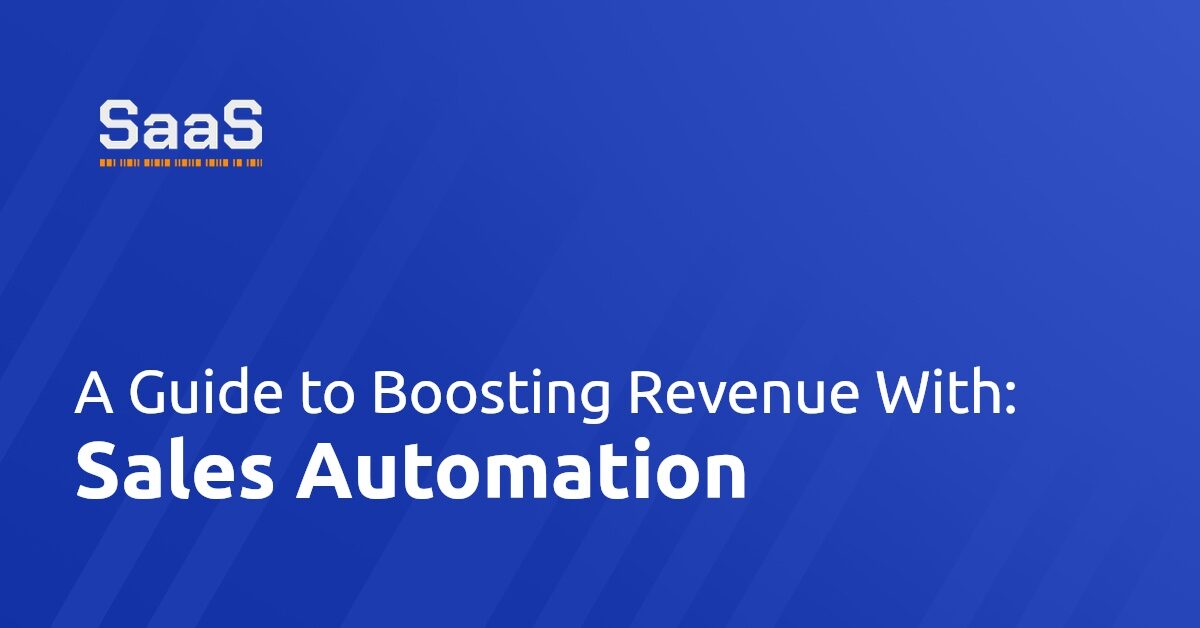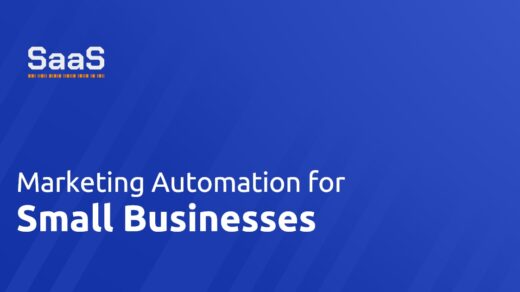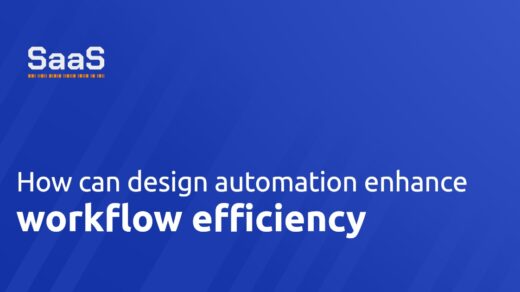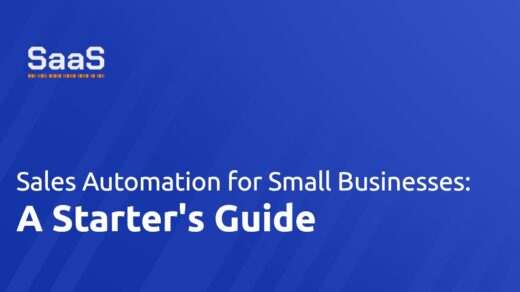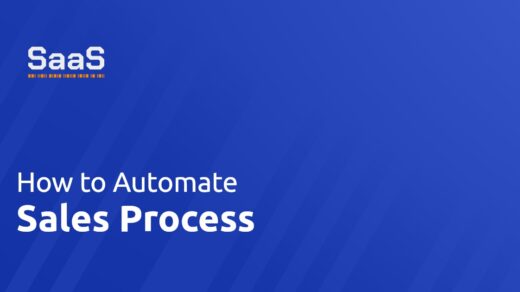Sales automation involves using computer software or AI to streamline sales processes that are typically laborious, repetitive, and mundane. This frees up sales professionals to focus on revenue-generating tasks, such as building new relationships and cultivating leads.
“In what ways can sales automation aid in boosting sales for your business?”
“What is Sales Automation?”
- Accelerates the sales procedure.
Sales automation minimizes the risk of human error and accelerates the sales process. Even a minor mistake in sales can lead to significant losses for a company. Sales automation delegates all the repetitive and time-consuming administrative tasks to an automated system, freeing up sales agents to concentrate on other critical revenue-generating activities.
.gif)
- Boosts efficiency and enhances profit
Sales automation allows salespeople to make the most of their restricted resources, including sales and budget, resulting in increased employee productivity and revenue. The evidence supporting this includes statistics such as 61% of businesses that implemented automation in 2020 exceeding their revenue targets, and 44% of sales leaders who achieved their revenue goals in 2021 utilizing competitive intelligence and market data. Moreover, companies that integrate advanced automation strategies into their sales process generate about 16% more leads than those that do not.

- Swiftly recognizes high-value prospects
Automating the sales process using suitable criteria enables your team to distinguish highly qualified prospects from those who are merely seeking information. This, in turn, allows salespeople to devote more time to qualified deals, resulting in a boost in sales and revenue. Notably, 61% of businesses that employed AI-based sales automation exceeded their revenue targets in 2020. Furthermore, various brands have reported increased conversion rates due to lead nurturing automation.

- Gathers more precise and superior data.
Using appropriate sales automation criteria enables your team to distinguish qualified prospects, leading to increased sales and revenue. In 2020, 61% of businesses exceeded their revenue targets using AI-based sales automation. Lead nurturing automation has also improved conversion rates for various brands.
.gif)
- Insights on Client Behavior
Automatically monitoring and managing the behavior of your clients and prospects as they engage with your organization can provide a comprehensive understanding of their unique preferences. This can give you an advantage in meeting their requirements and converting them into customers at the appropriate time.
.gif)
- Key Characteristics of Sales Automation
If sales agents have more time, they may earn more sales. Businesses can do this by utilising automated technology to create a hybrid selling experience that includes both human and software. Some duties can be automatically done by the software, while sales executives can still manage others. Automation may handle a broad spectrum of responsibilities, including lead management, communication, and activity tracking.
- Identification and Qualification of Leads
Automation’s lead management function allows for the automatic analysis, organization, sorting, and classification of leads before assigning them to the most suitable salesperson. This process could take hours for humans to complete manually, but automation can finish it in minutes. This results in a more refined list of leads for salespeople to convert into paying customers.

- Exchange of information
Automated communication methods such as email, chatbots, and appointment scheduling software can improve the efficiency of client discussions, especially for salespeople who are often preoccupied with other tasks. By implementing communication automation, businesses can effectively manage customer interactions and promptly respond to their queries. This way, customers can still engage with chatbots, schedule appointments, and read emails on the company’s website even during peak hours.

- Monitoring tasks and activities
Automation technology is capable of monitoring sales agents’ email correspondence, scheduled appointments, and phone conversations. This technique serves to keep all team members informed about the status of a potential candidate. Furthermore, the process’s consistency and replication are ensured by monitoring completed and pending stages. Automation of activity tracking removes the requirement for salespeople to manually record their actions.
.gif)

